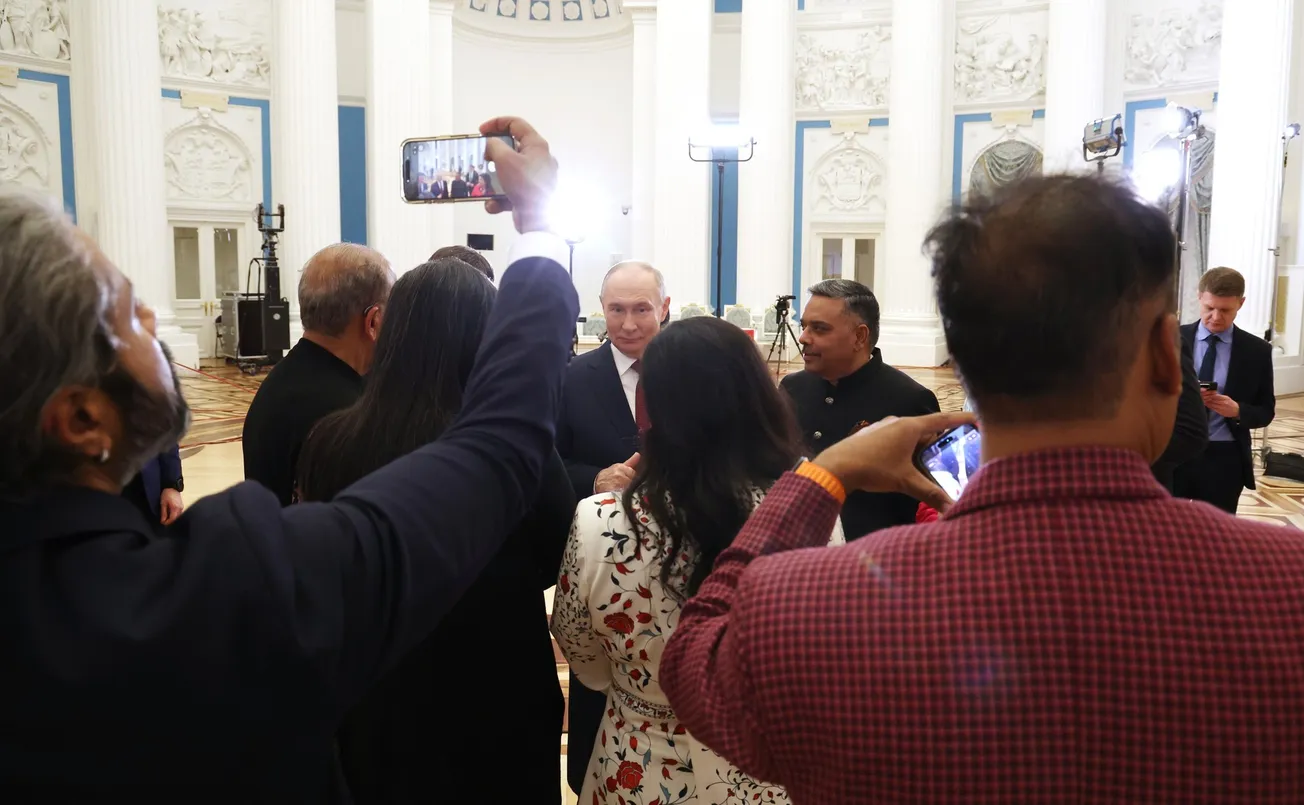For the next year, the African Union will be led by a man who came to power as a “reformer,” Democratic Republic of Congo’s President Felix Tshisekedi. Elected by the heads of state and government of the AU, Tshisekedi replaced outgoing chairman, South Africa’s capable President Cyril Ramaphosa on Feb. 6.
Coming to power in D.R.Congo in 2018, Tshisekedi defeated incumbent Joseph Kabila, who together with his father Laurent had ruled the country under repressive regimes since 1997. His election represented the first peaceful transfer of power since the country gained its independence from Belgium in 1960. On coming to power, however, Tshisekedi’s Cap for Change (Cach) Party was forced into a compromise coalition with the Kabila-allied Common Front for Congo (FCC), who still dominated the parliament, severely limiting the ability of the new President to break from the past.
That started to change late last year, when Tshisekedi broke through on the terror front, centered in the northeastern Kivu and Ituri Provinces bordering on Rwanda, which had been plaguing the nation for decades. After having first brought regional military leaders together in the late summer, Tshisekedi succeeded pulling off a high-level “peace” conference with national leaders of five countries attending a summit to deal with the violence on Oct. 3, 2020, after which an incredible 70 armed groups announced they were ending hostilities and disarming. Following that, not only was the President able to convince the “peacekeepers” of the UN’s Stabilization Mission in the Democratic Republic of the Congo (MINUSCO) to begin a phased withdrawal from the region, but D.R.Congo and Uganda quickly agreed to a program of “road building” in the devastated region. The dynamic had begun to change.



